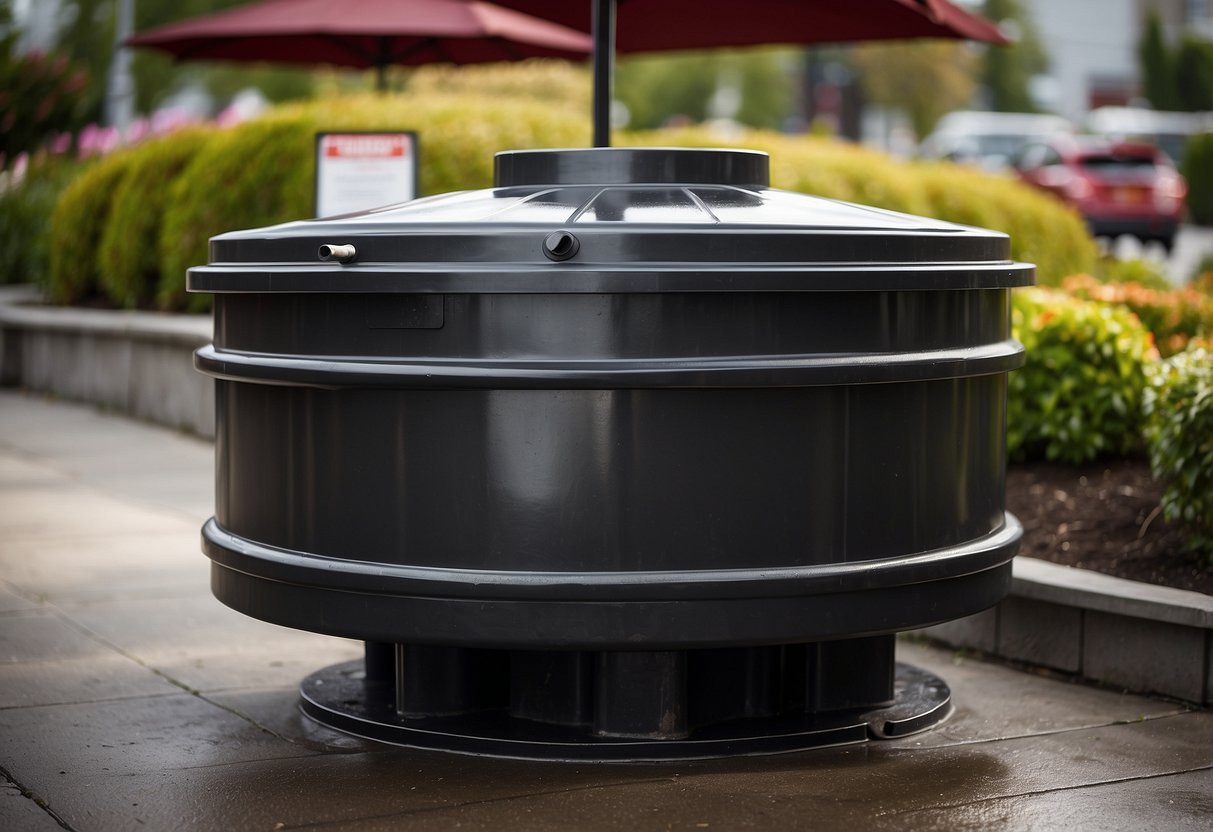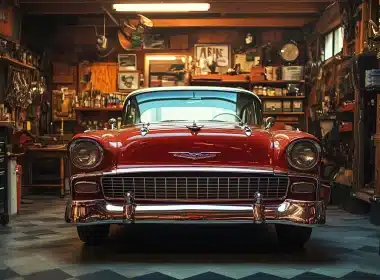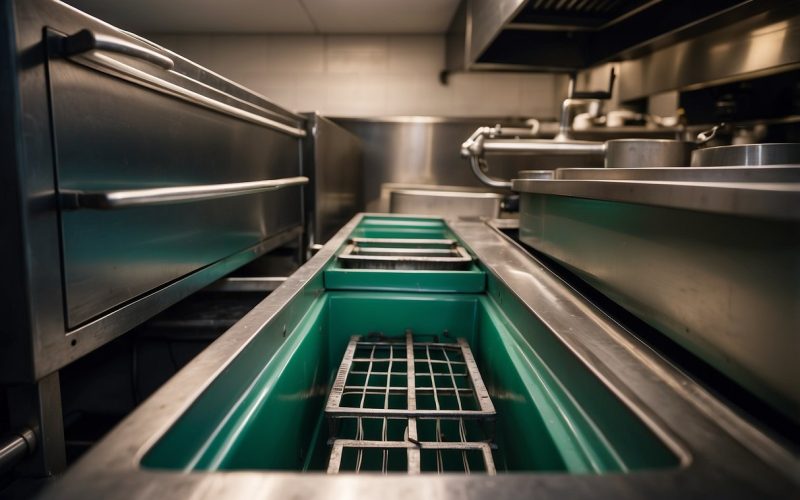Grease traps are essential devices used in restaurants to prevent fats, oils, and grease from entering the sewer system. They act as filters, catching these substances before they can cause blockages or environmental harm. Many restaurants in Kirkland, WA use grease traps to comply with local regulations and protect the city’s wastewater infrastructure.
These devices are typically installed under sinks or in the ground outside the restaurant. They work by slowing down the flow of wastewater, allowing fats and oils to cool and separate from the water. The grease then floats to the top of the trap, while the cleaner water continues to flow through.
Using grease traps benefits both restaurants and the community. They help avoid costly plumbing issues with drains and reduce the risk of sewage backups. In Kirkland, proper grease management supports the city’s efforts to maintain clean waterways and protect the local environment.
Understanding Grease Traps and Their Importance

Grease traps play a vital role in restaurants and commercial kitchens. These devices catch fats, oils, and grease before they enter the plumbing system. By doing so, they protect pipes and the environment.
Fundamentals of Grease Traps
Grease traps are special tanks that separate fats, oils, and grease (FOG) from wastewater. They work by slowing down the flow of water from sinks and drains. This allows FOG to cool and float to the top. The grease forms a layer that can be removed later. Clean water then flows out to the sewer system.
Grease traps come in different sizes. Small ones fit under sinks. Large ones, called grease interceptors, are installed underground. The size needed depends on how much FOG a kitchen produces.
Regular cleaning is key for grease traps to work well. Without proper care, they can overflow or stop working.
Roles in Environmental Protection
Grease traps help keep waterways clean. When FOG enters sewers, it can cause big problems. It sticks to pipes and creates clogs. These clogs can lead to sewage backups and overflows.
FOG also harms wildlife when it reaches rivers and lakes. It can coat animals’ feathers or fur. This makes it hard for them to stay warm and dry.
By catching FOG, grease traps protect fish, birds, and other creatures. They also save money by preventing costly pipe repairs.
Different Types and Designs
There are two main types of grease traps: passive and automatic. Passive traps use gravity to separate FOG. They’re simple and don’t need power to work.
Automatic traps use motors or pumps. They remove grease more often, which can be good for busy kitchens.
Some grease traps use special filters or chemicals. These can help break down grease faster.
New designs focus on being easy to clean and maintain. Some have clear sides so workers can see when they need cleaning.
The best type depends on a kitchen’s needs. Factors include the amount of food cooked and local rules.
Grease Trap Installation and Maintenance
Proper installation and regular upkeep of grease traps are key for restaurants in Kirkland, WA. These steps help keep systems working well and avoid problems.
Proper Installation Techniques
A grease trap needs careful installation for best results. Professionals should handle the job to meet local codes. They pick the right size trap based on the kitchen’s needs.
The trap goes between the kitchen sinks and the sewer line. Proper slope helps water flow correctly. Venting prevents odors and clogs.
Installers use durable materials that can handle hot water and grease. They make sure all connections are tight to stop leaks.
Regular Inspection and Maintenance
Checking grease traps often keeps them working right. Staff should look at the trap weekly. They check for leaks, odd smells, or slow draining.
A full inspection happens every few months. This looks at all parts of the trap. Any worn or broken pieces get fixed or replaced.
Keeping good records helps track the trap’s health. This shows when it needs more care or cleaning.
Cleaning and Pumping Practices
Clean grease traps stop backups and bad smells. How often to clean depends on trap size and grease amount.
Most traps need cleaning every 1-3 months. Some busy places clean more often. A cleaning service pumps out the trap. They remove all grease, solids, and water.
After pumping, workers scrub the inside walls. They also check the baffles and other parts. Proper disposal of waste is important. It follows local rules to protect the environment.
Some places use automatic grease removal devices. These need less manual cleaning but still need regular checks.
Compliance with Local Regulations and Standards
Grease traps play a key role in helping restaurants meet local rules and avoid problems. Proper use keeps kitchens running smoothly and prevents costly issues.
Navigating Grease Management Regulations
Restaurants in Kirkland, WA must follow specific grease management rules. The city sets limits on how much grease can enter the sewer system. Grease traps must be the right size for each kitchen. Regular cleaning is required to keep them working well.
Restaurants need to keep records of grease trap maintenance. These records show inspectors that the business is following the rules. The city may check these records during routine inspections.
Some areas have stricter rules than others. Restaurant owners should check with local officials to learn about any special requirements in their neighborhood.
Preventing Fines and Closures
Using grease traps correctly helps restaurants avoid fines and stay open. Health inspectors look for proper grease management during visits. They can give out fines for grease trap problems.
In serious cases, restaurants might have to close until they fix the issues. This can cost a lot of money in lost business. It can also hurt a restaurant’s reputation.
Regular grease trap cleaning and upkeep is cheaper than paying fines or closing. It’s a smart way for restaurants to protect their business and follow the rules.
Restaurant Operations and Compliance
Grease traps affect daily kitchen tasks. Staff need training on what can and can’t go down the drain. This helps keep the grease trap working well.
Restaurants should set up a cleaning schedule for their grease traps. The schedule depends on how much cooking oil they use. Some may need weekly cleaning, while others can wait longer.
Having a plan for grease management makes inspections easier. It shows that the restaurant takes compliance seriously. This can lead to better relationships with local health officials.
Best Practices for Efficient Grease Trap Management

Proper grease trap management is key for restaurants to stay clean and follow rules. These practices help keep things running smoothly.
Educating Staff on Waste Disposal
Staff training is crucial for good grease trap care. Teach workers what can and can’t go down drains. Show them how to scrape plates into trash bins first. Explain why grease, oils, and fats must stay out of sinks.
Use posters in kitchens as reminders. Hold quick meetings to review proper steps. Make a checklist for new hires to learn the process. Regular refresher courses keep everyone on track.
Set up easy-to-use bins for different types of waste. Mark containers clearly for grease, food scraps, and trash. This makes proper sorting simple for busy staff.
Managing Kitchen Workflow to Reduce Grease
Smart kitchen setup cuts down on grease issues. Put strainers in all sinks to catch food bits. Install grease recovery devices to trap oils before they reach pipes.
Place oil containers near cooking areas for quick disposal. Use spill-proof lids to prevent messes. Empty these often to avoid overflow.
Train cooks to use less oil when possible. Teach them to wipe greasy pans with paper towels before washing. This step alone can greatly reduce grease in drains.
Implementing Sustainable Grease Disposal Methods
Recycling used cooking oil is a win-win. It keeps grease out of pipes and can be turned into biodiesel. Find local companies that collect used oil for this purpose.
For solid fats like lard, cool them first. Then throw them in the trash, not the sink. Some areas have special pickup services for restaurant grease.
Look into new tech like grease-eating bacteria. These can break down fats in traps, making cleanup easier. Always follow local rules about grease disposal.
Set up a schedule for trap cleaning. Regular upkeep prevents big problems later. Keep logs of all grease-related tasks for health inspections.
Frequently Asked Questions
Grease traps play a vital role in restaurant operations in Kirkland, WA. They help prevent sewage backups and environmental issues. Let’s explore some common questions about these essential devices.
How does a grease trap function in commercial kitchens?
Grease traps separate fats, oils, and grease from wastewater. They use gravity to slow down water flow. This allows grease to float to the top while solids sink to the bottom. Clean water then flows out to the sewer system.
What are the installation requirements for restaurant grease traps?
Grease traps must be installed by licensed plumbers. They need to be the right size for the kitchen’s output. Proper venting and access for cleaning are crucial. Local codes may have specific placement requirements.
What regulations govern the use of grease traps in Kirkland, WA?
Kirkland follows King County’s grease control program. Restaurants must have grease removal devices. Regular cleaning and maintenance are required. Businesses must keep records of servicing and allow inspections.
How can restaurant owners determine if their facility is equipped with a grease trap?
Owners can check under sinks or outside the building for large tanks. Plumbing blueprints often show grease trap locations. A plumber or health inspector can confirm if a grease trap is present and working correctly.
Why is it essential for restaurants to use grease traps?
Grease traps protect sewer systems from clogs. They prevent costly backups and environmental damage. Using grease traps helps restaurants comply with local laws. It also reduces the risk of fines and closures.
What maintenance is required for grease traps in restaurant settings?
Regular cleaning is key. Traps should be emptied when 25% full of grease and solids. This usually means cleaning every 1-3 months. Staff should scrape plates before washing. Harsh chemicals that break down grease should be avoided.





